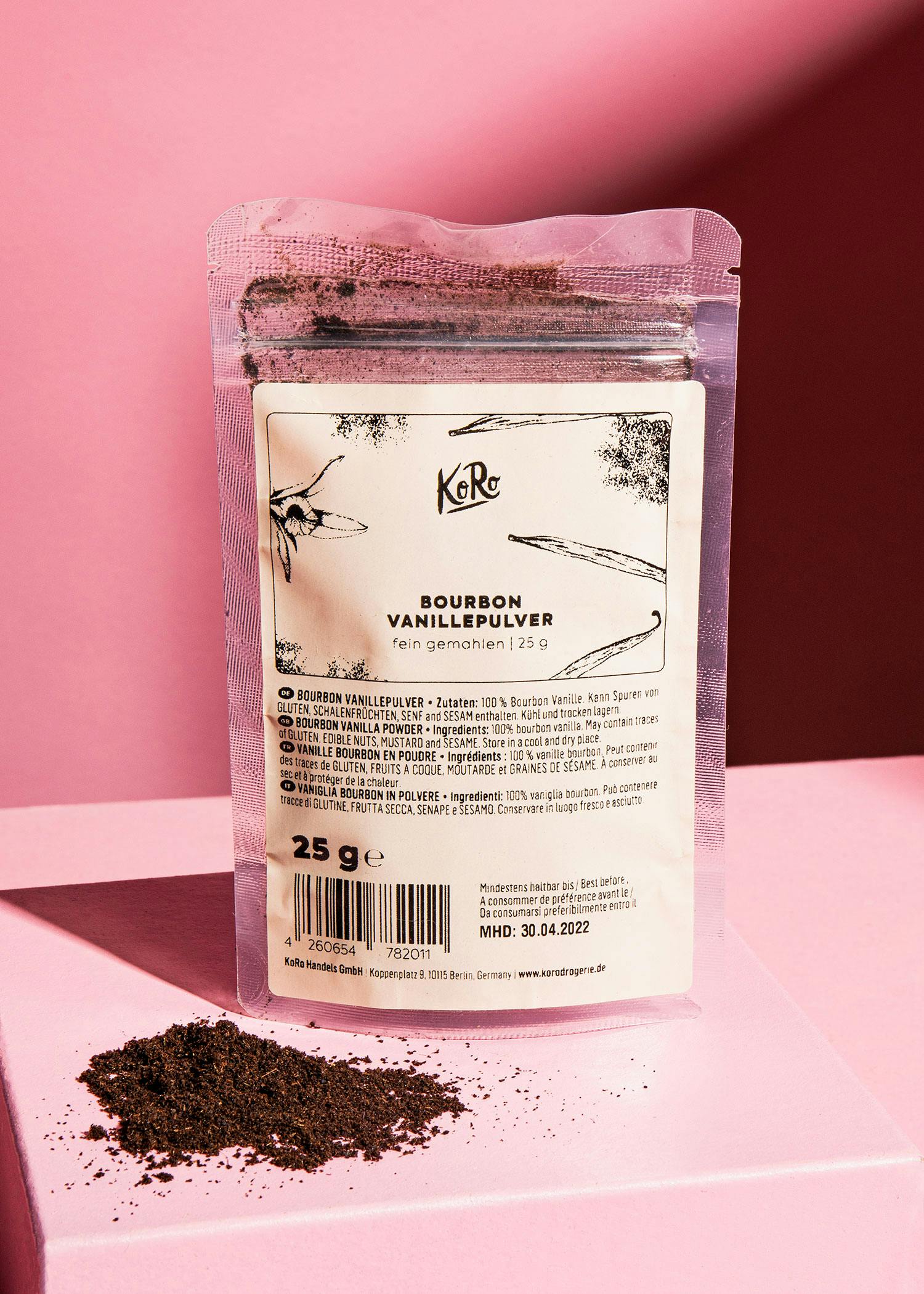Making your own plant-based alternative to yogurt?
It's possible, and much easier than you thought. This is because we need lactic acid bacteria to turn oat drink, for example, into a creamy, thick yoghurt mixture. With sufficient heat, these bacteria cause the protein in the drink to coagulate and thus become solid - i.e. yoghurt! But how does this work for a plant-based alternative? Even if the name suggests otherwise: Lactic acid bacteria are actually vegan. The name is due to their place of discovery: They were first identified in cow's milk in the 18th century. However, the bacteria can also multiply smoothly in plant-based environments. For example, lactic acid bacteria are also produced during the fermentation of sauerkraut. And how do you get hold of these bacteria, you ask? Quite simply, keep one to two tablespoons of a plant-based alternative to your favorite yogurt and add it to a liter of plant-based drink at a temperature of around 40 to 50 °C. The same also works with dairy products, of course. Pour the mixture into an airtight jar and leave it in a warm place (above 20 °C) for at least twelve hours. Tada! You have just bred your first own plant-based alternative to yogurt. You can of course use it plain for our next two recipes or take it to the next level of taste by adding vanilla or your favorite sugar alternative. You can also find the exact recipe here.
Ayran
The sour-tasting yoghurt drink was named the Turkish national drink in 2013 and is also becoming increasingly popular in Germany. Ayran goes particularly well with kebabs or spicy dishes in snack bars, as fresh from the fridge and with a pleasantly sour note, it provides an ideal contrast to hearty and spicy food. Are you vegan, but still don't want to miss out on ayran? No problem! You can find the right recipe here. A little tip: Instead of oat drink, use a less sweet-tasting plant-based drink to get as close as possible to the original ayran.
Recipe:
For 500 ml ayran
200 g plant-based alternative to yoghurt
300 g water
1 squeeze of lemon juice
0.25 tsp salt
Put the plant-based alternative to yogurt in a bowl with water and whisk until frothy.
Season to taste with a little salt - done. Easy peasy, right?
Mango lassi
Mhmmm, mango lassi. This drink is reminiscent of hot summer days and the fruity, cool taste of the yogurt and mango mixture that sweetly counters the heat. Lassi originates from South Asia, i.e. India, Pakistan and Bangladesh. Did you know that there is also salty lassi? The recipe for this is almost identical to ayran, but it is spiced with mint, cardamom or cumin. You can find a recipe for the sweet version with mango here!
Recipe:
1 ripe mango
1 tsp lemon juice
125 ml plant-based drink
250 g plant-based alternative to yogurt
Peel the mango and remove the stone.
Put everything in a blender until a homogeneous mixture is formed.
Naan
For our last recipe, we're staying in India - that's where most people know the famous bread from. But did you know that the word "naan" comes from Persian and translates as "bread"? The name seemed so appropriate to the neighboring peoples that it also spread to other languages. Naan is usually used as a side dish and practical substitute for cutlery with curries, soups or dips and, you guessed it, is also traditionally prepared with yoghurt. Of course, we have also veganized this recipe for you.
Recipe:
250 g wheat flour
100 ml lukewarm plant-based drink
100 g plant-based alternative to yoghurt
a little salt
1 tsp dry yeast
¼ tsp sugar
½ tsp baking powder
some melted vegetable margarine for serving
Stir the dry yeast and sugar into the lukewarm plant-based drink.
Place the flour in a mixing bowl and form a well by pushing the flour to the edge of the bowl.
Pour the yeast and plant drink mixture into the well, stir in a little flour from the edge and leave to stand for about ten minutes.
Now add the yoghurt or plant-based alternative, the baking powder and a little salt and knead everything vigorously by hand or with a dough hook until a homogeneous dough forms.
Leave the dough to rest in a warm place for about an hour, covered with a kitchen towel.
Divide the dough into approx. six pieces and shape these into balls, which you then pull into flat cakes that are slightly thicker at the edges than in the middle. Alternatively, you can also roll them out with a rolling pin.
Heat a non-stick frying pan and place your naan in it side by side or one after the other for a maximum of 60 seconds. Turn the dough as soon as it starts to bubble and bake the other side too.
Serve the naan with a little melted vegetable margarine.

